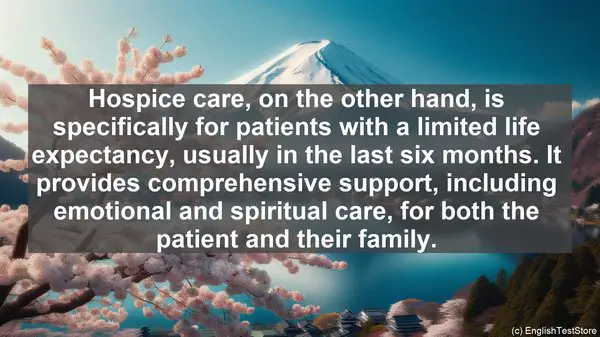Introduction
Welcome to today’s lesson on hematologic oncology. In this lesson, we’ll be focusing on the top 10 commonly confused words in this field. Understanding these terms is crucial for accurate communication and patient care. So, let’s dive right in!
1. Leukemia vs. Lymphoma
Leukemia and lymphoma are both types of blood cancers, but they differ in their origin. Leukemia starts in the bone marrow, where blood cells are produced, while lymphoma originates in the lymphatic system. The symptoms and treatment approaches for these conditions also vary.

2. Neutropenia vs. Neutrophilia
Neutropenia and neutrophilia are related to the levels of neutrophils, a type of white blood cell. Neutropenia refers to a low count, which can increase the risk of infections. On the other hand, neutrophilia indicates an elevated count, often seen in response to an infection or inflammation.

3. Thrombocytopenia vs. Thrombocytosis
Platelets are essential for blood clotting. Thrombocytopenia is a condition where the platelet count is low, leading to a higher risk of bleeding. Conversely, thrombocytosis refers to an increased platelet count, which can contribute to clot formation.
4. Anemia vs. Polycythemia
Anemia and polycythemia are disorders related to red blood cells. Anemia occurs when there’s a decrease in the number of red blood cells or the amount of hemoglobin, resulting in fatigue and shortness of breath. Polycythemia, on the other hand, is an increase in red blood cell count, which can lead to thicker blood and potential clotting issues.
5. Myeloma vs. Myelosarcoma
Myeloma and myelosarcoma are both cancers that affect the bone marrow. However, myeloma primarily involves plasma cells, while myelosarcoma affects other types of cells in the marrow. The treatment approaches for these conditions also differ.
6. Hematopoiesis vs. Hemostasis
Hematopoiesis and hemostasis are two essential processes in the body. Hematopoiesis refers to the production of blood cells, while hemostasis is the body’s ability to stop bleeding through clot formation. Both processes are crucial for maintaining a healthy blood system.
7. Blast Cells vs. Stem Cells
Blast cells and stem cells are both involved in the development of blood cells. Blast cells are immature cells that have the potential to differentiate into various blood cell types. Stem cells, on the other hand, are undifferentiated cells that can give rise to different cell types, not just in the blood system.
8. Hematology vs. Oncology
Hematology and oncology are related but distinct medical specialties. Hematology focuses on disorders of the blood and blood-forming organs, while oncology deals with the diagnosis and treatment of cancer. Hematologists often work closely with oncologists in managing hematologic malignancies.
9. Remission vs. Cure
Remission and cure are terms used to describe the outcome of cancer treatment. Remission means the absence of detectable cancer cells, but it doesn’t guarantee a permanent cure. Cure, on the other hand, implies a complete eradication of the disease. Achieving a cure is the ultimate goal in cancer treatment.
10. Palliative Care vs. Hospice Care
Palliative care and hospice care both aim to improve the quality of life for patients with serious illnesses. Palliative care can be provided at any stage of the disease and focuses on symptom management. Hospice care, on the other hand, is specifically for patients with a limited life expectancy, usually in the last six months. It provides comprehensive support, including emotional and spiritual care, for both the patient and their family.
